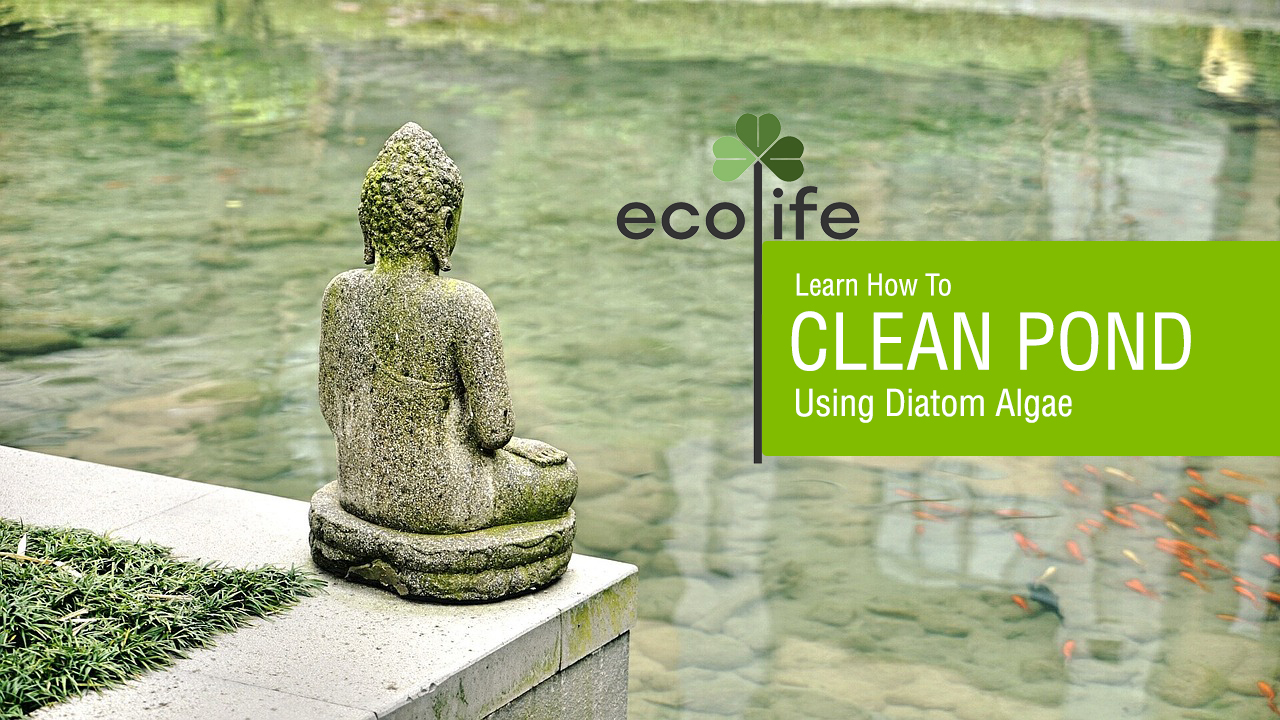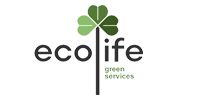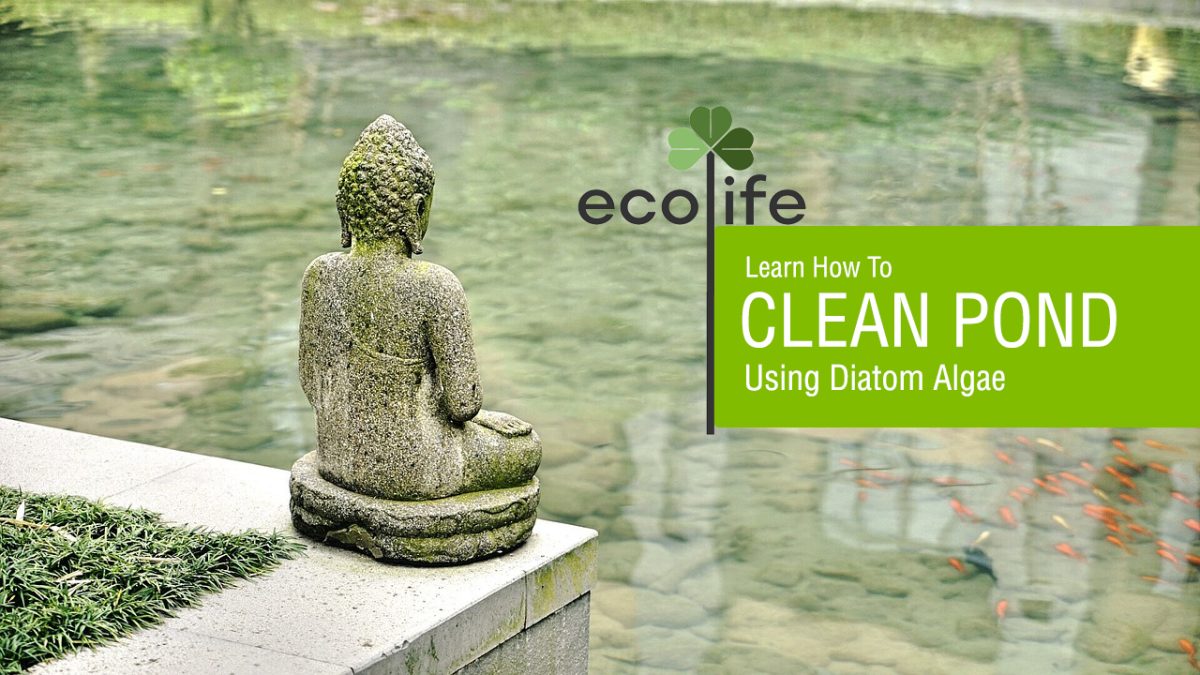
Introduction
Ecolife Green services is a addressing pollution and providing solutions in a bio and phycoremediation technologies. The Ecolife’s technology is unique and tailored made solutions for the various problems in the liquid waste and solid waste management. We are completely engaged in the Carbon foot print reduction through cleaning and maintenance of the polluted water bodies and solid waste incineration in and around Tamil Nadu. As part of the engagement the following water body is cleaned and maintained for a year.
Phyco-remediation of waterbody using WaterQure technology:
Phycoremediation is defined as the use of algae to remove pollutants from the environment or to render them harmless. phycoremediation in a much broader sense as the use of macroalgae or microalgae for the removal or biotransformation of pollutants, including nutrients and xenobiotics from wastewater and CO2 from air.
Water bodies in human inhabited areas are getting polluted with nitrate and phosphates which enter the water bodies through sewage, agriculture run off, industrial effluents etc. Excess nitrogen in the lake inflows is one of the main challenges of wastewater treatment.
WaterQure solution is a patented nano silica based nano nutrient mixture in size range of 5-100 nm. It contains all the micronutrients required for growth of microscopic plants called Micro algae particularly diatoms. Then we had unique- novel aerobic bacteria which work in any water environment by taking oxygen from the diatom and housing in the diatom shells as media. The mixture of Nano-nutrient and beneficial bacteria is called WaterQure solution.
Diatoms are a major group of eukaryotic micro algae, in oceans they are estimated to contribute up to25% of global oxygen output and up to 20% of the global CO2 fixation. A characteristic feature of diatom cells are that they are made up of silica so they are well adapted in bioaccumulation of silica and without it they cannot survive. Diatoms also consume Nitrate and phosphate as food and their consumption rate is much faster than any other algae and they can also consume all forms of N like ammonia and urea.
Diatoms are the preferred natural food for higher organisms like zooplankton and fish in any aquatic ecosystem. As it is a nano silica based micro nutrient mix it is readily absorbed by diatoms. So, to address problems related to present day polluted Urban lakes with high nutrient loads, low dissolved oxygen, Blue green algal growth etc. Our technology can be a cost effective option. It was successfully used in Sewage Treatment, Lake and River Remediation as diatoms consume CO2 and release O2 the growth of diatoms automatically increases the aeration in polluted water bodies there by reduces COD and BOD and increases DO, this in turn will help in enhanced biological activity and fish production, and decrease in foul odor. Bioremediation using diatoms grown with WaterQure solution has the potential to reduce the overall costs of cleaning up large-scale contaminated sites, reduce cleanup time, eliminate the need for treatment and disposal of contaminated dredged soil, and reduce some contaminant concentrations to near zero, and it can be done inside.
Why Diatom algae?
Diatoms are microscopic plants which use nitrates and phosphates to grow along with other nutrients like silica, iron, copper, molybdenum etc., they use CO2 and produce O2 and they can also accumulate heavy metals so by triggering the growth of this algae many problems related to lake pollution can be solved. Growth of diatoms also reduces the growth of harmful algae like blue green algae.
Benthic algae especially diatoms are important primary producers in streams, lakes, ponds and wetlands. The main source of energy in streams was once thought to be detritus from terrestrial origin but later research showed that primary production by algae was important in many streams.
Diatoms as indicators of lake water quality is well studied by many but diatoms also plays a significant role in maintaining the water quality as reported by Oswald and co-workers so using diatom algae for nutrient removal is novel and cost effective method of water treatment. The main bottle neck in using only diatom for nutrient removal is to trigger only diatom growth instead of other algae so to solve this problem the main solution is to use the silica as the nutrient which is absolutely needed by diatoms for their growth.
In this case study we have cleaned a pond using diatom algae. We have clearly explained the usage of diatom algae. For further details and pond cleaning or diatom algae contact us.
Case Study
Pond Details.
This saravana poigai pond is one of the heritage pond belongs to the Sri Subramaniya swamy Tirukoil(Temple), Tirupparankundram, Madurai District, Tamil Nadu. The pond area is 5.02 acres and 4 meters depth at the centre. The volume of the water is estimated is 81 Million Litres. The pond is the main source for the domestic usage of the neighbourhoods. Apart from those hundreds of pilgrims visiting on daily basis taking bath and washing clothes as well. On festival seasons thousands of peoples are utilising this pond water. This is one of the main sources of the pollution.
Problems.
- Water is completely foul smell, Pilgrims started complaining since January.
- The neighbourhood people affected with bacterial infections through mosquitoes.
- The Dissolved Oxygen level down to 1. On one night on February Mass fish kills has happened in the pond.
- Water become high turbid and dark green in color because of high Blue Green Algae content.
- Pathogenic bacteria are developed in the water makes skin irritation to the peoples.
Our Solution – Diatom Algae.
Our WaterQure solution is the promising solution provided to the management to save the holy prestigious temple tank. Our process begins with the survey made by our Tech Team for a week, The water has been analysed before the treatment was initiated. Based on the test report, the solution was prepared and Standard Operating Procedure was made. The schedule of treatment planned once in a week for three months. On the same time the neighbourhood peoples and pilgrims was stopped to use of the Detergents.
Monitoring Committee.
Hindu Religious and Charitable Endowments Department and Temple Authorities.
Water quality parameters tested.
Water samples before and during treatment was collected and tested for parameters like pH, TDS, TSS, TKN, BOD, COD, N, P etc and change in water quality is assessed through these tests. (see result table)
Along with these parameters phytoplankton analysis was also done by collecting small rock samples from the pond and phytoplankton identification and analysis was done according to standardised procedures
Treatment.
Lake treatment was started on March 25, 2019 (Day 01) with addition of 4 litres of WaterQure with a subsequent addition of 2 litres on day 7, 14, 21 to 90 days respectively. Solution was added along the sides of the pond by using boat and water samples for testing was collected before addition. Water condition on the day of addition was heavily contaminated with BGA growth and the BGA layer is formed towards the rock sides and as the air turbulence is from west to east BGA layer was forming on the washing area side near the footsteps. The process ended on the June 25, 2019. Maintenance process continued for the production of fishes and maintain Dissolved oxygen in the pond.
Conclusion.
WaterQure solution, additional lighting above the pond resulted in elimination of odour, elimination of BGA, improvement in the water quality, increase in dissolved oxygen and reduction in BOD and COD as well. Fishes started growing fast and production rate was subsequently increased in 3 months. Whole pond is converted to Aerobic healthy habitat. Human-induced eutrophication has heavily degraded freshwater systems by reducing water quality and altering ecosystem structure and function. A solution to eutrophication is paramount since nutrient accumulation renders controlling eutrophication more difficult over time. Eutrophication into the water bodies makes the water bodies unfit for drinking and interferes with fishing and navigation. Using Algae for reduction of Nutrients is a unique technology which utilises the enormous potential of micro-algae in restoring water quality This can be used in all the ponds, lakes, rivers and even coastal waters to grow Diatoms and convert excess nutrients and CO2 into fish biomass. It is a cost effective and environmentally friendly technology which has a huge potential in cases like clean Ganga mission.


